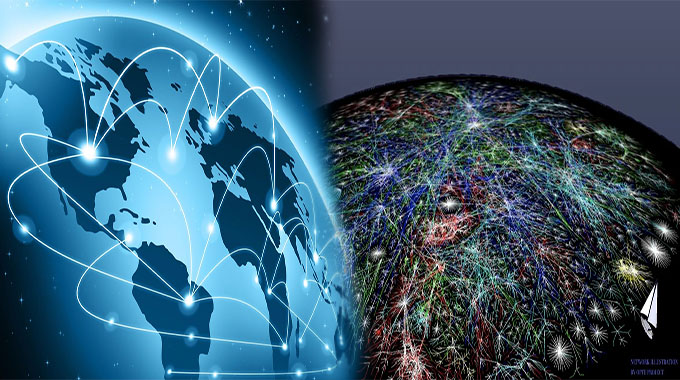The choice of routing protocol is important in wide area networks. This article discusses some of the considerations involved in selecting an autonomous system (AS) routing protocol for a WAN.
Overview
A wide area network (WAN) is a collection of computer networks that are geographically dispersed, but connected by a high-speed data link. This allows users in different locations to communicate with each other as if they were on the same local area network (LAN).
A wide area network (WAN) is a collection of computer networks that are geographically dispersed, but connected by a high-speed data link. This allows users in different locations to communicate with each other as if they were on the same local area network (LAN). The internet is an example of a WAN because it connects millions of computers around the world into one giant network.
Routing Protocols
In this section, we will discuss the routing protocols that are used in WANs. Routing protocols are used to exchange information between routers in a network.
Routing protocols can be categorized into two main categories: distance vector and link state. Distance vector routing protocols send their entire routing table out to all of their neighbors every time they change it, while link state routing protocols only send partial information about their own links (i.e., those directly connected) when they change them
IGP vs. EGP
EGP is an exterior gateway protocol. It is used to exchange routing information between autonomous systems and other networks, like ISPs or private networks. It’s also used for routing information exchange between providers, but that’s not as common because it’s easier to use BGP instead of EGP when communicating with different providers.
IGPs
- IGPs are used to route traffic between routers within an autonomous system.
- A routing protocol that is used within an autonomous system, such as OSPF, IS-IS, RIP and BGP.
Choosing an IGP and EGP in a WAN
When selecting an IGP and EGP for your WAN, it is important to understand their benefits and limitations.
- IGPs are better suited for smaller networks because they offer more options for configuring routing protocols. However, EGP is more scalable than IGPs due to its ability to support multiple autonomous systems (AS). In addition, EGP can be used between ASes that are connected via satellite links or dial-up lines where bandwidth constraints prevent the use of standard IGPs.
- Although both IGPs and EGPS have similar functions within a network infrastructure, there are significant differences between them: – An IGP only supports one level of hierarchy within an AS; therefore, this type of protocol may not be suitable for large organizations with multiple autonomous systems because each level requires manual configuration.- An EGP allows administrators from different autonomous systems at various levels within an organization’s network infrastructure (e.g., corporate headquarters vs branch offices) exchange information about routes via routers connected directly over high-speed data lines such as T1s without relying on intermediate devices such as gateways or border routers.”
The choice of routing protocol is important in wide area networks.
The choice of routing protocol is important in wide area networks. The two main options are IGP (Interior Gateway Protocol) and EGP (Exterior Gateway Protocol).
IGP options include OSPF, IS-IS, RIPv1/2 and EIGRP.
EGP options include BGP4+ and BGP4-based MPLS VPNs. In this section we will compare these two types of protocols in order to help you choose which one works best for your organization’s WAN infrastructure
We hope that this article has given you a better understanding of the differences between IGPs and EGP. We also explored why it is important to choose the right protocol in a wide area network and how it can affect your organization’s performance.














